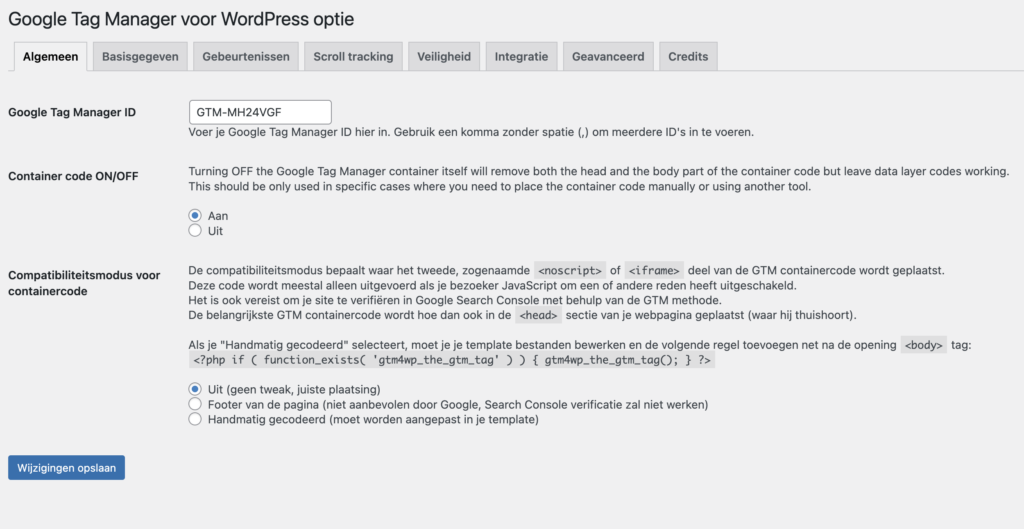Google Tag Manager (GTM) is a powerful tool that allows you to easily add and manage various tracking and marketing tags on your website without having to modify the code. In this blog, we will show you how to add Google Tag Manager to your WordPress website, and provide some examples of how it can be used to improve your website’s performance.
Before you begin, you will need to create a GTM account and container. If you haven’t already done so, you can sign up for GTM here: tagmanager.google.com.
Step 1: Install an GTM Plugin.
The first step is to install the GTM plugin on your WordPress website. Go to your WordPress dashboard, navigate to Plugins > Add New and search for “Google Tag Manager.” I would recommend: GTM4WP. Once you have found the plugin, click on “Install Now” and then “Activate.”
Step 2: Add Your GTM Code to Your Website
After activating the plugin, go to the plugin settings and enter your GTM container ID in the designated field. This will automatically add the GTM code to your website’s header and footer.
Step 3: Verify the Installation
To verify that GTM is properly installed, go to the “Preview” option on your GTM container and open your website in a new tab. You should see a message that says “Container Loaded” at the bottom of your website.

Now that GTM is installed on your website, you can begin adding tags and triggers to track different events and actions on your website. Here are a few examples of how GTM can be used to improve your website’s performance:
- Event Tracking: GTM allows you to track user interactions on your website, such as clicks on buttons, form submissions, and more. This can help you understand how users interact with your website and where they are dropping off.
- E-commerce Tracking: GTM can be used to track e-commerce transactions on your website. This allows you to see how much revenue is generated, which products are most popular, and more.
- Custom Dimensions: GTM allows you to set up custom dimensions to track specific data, such as user type or membership status. This can give you deeper insights into your audience and how they interact with your website.
In conclusion, Google Tag Manager is a powerful tool that can help you improve your website’s performance by giving you deeper insights into your audience and their interactions with your website. Installing GTM on a WordPress website is easy and with the help of the plugin and the examples provided, you can quickly start tracking events and generating valuable data to improve your website’s performance.
